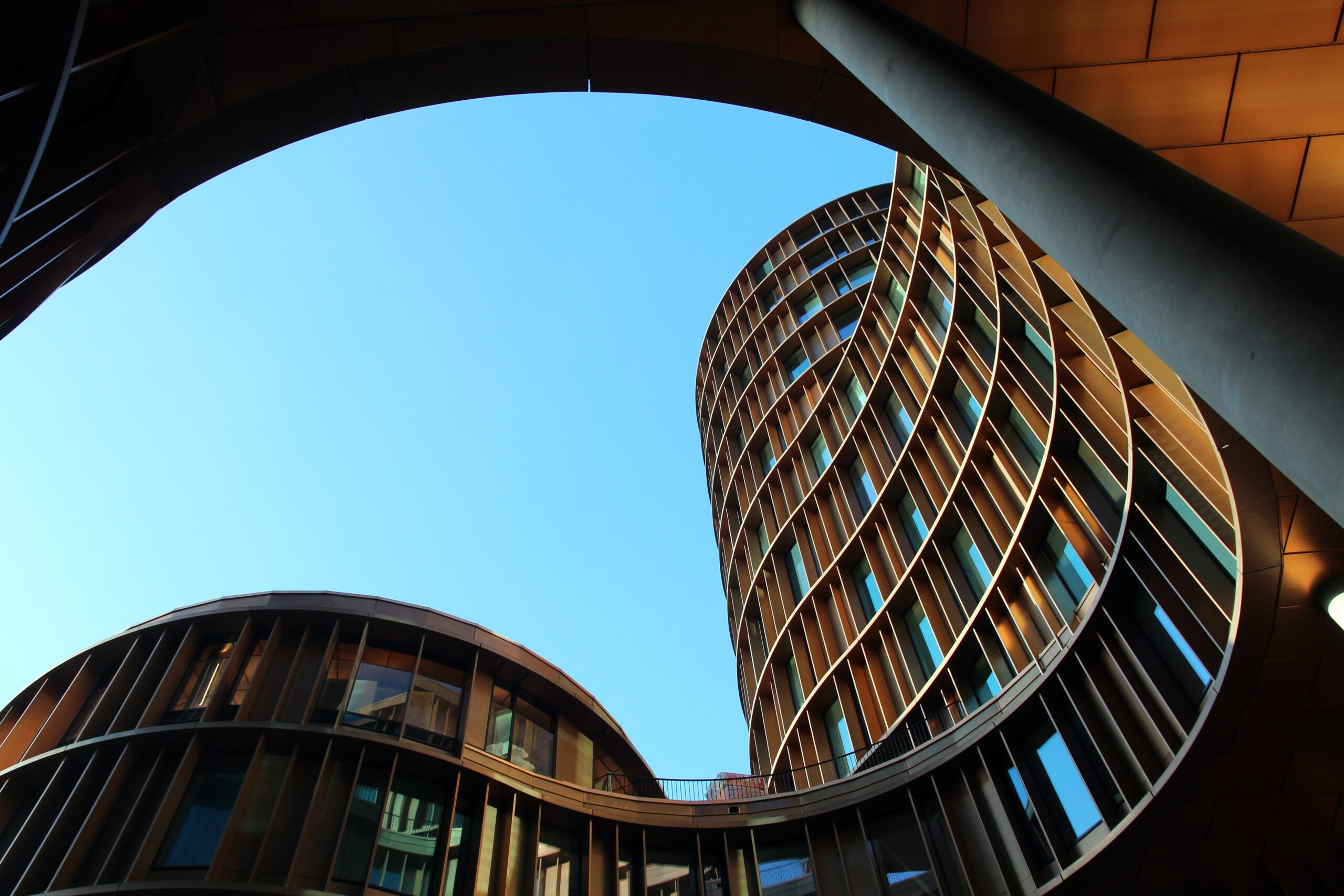The state of the global real estate industry in 2023
In the first of seven articles exploring investment opportunities in UK real estate, we start by looking at the sector’s global picture before diving into the UK market.
The Coronavirus pandemic had a significant negative impact on the global real estate industry. Lockdown and travel restrictions led to major delays in construction projects. Supply chain shortages, Ukraine, rising interest rates to combat high inflation, and rising costs in food, fuel and supplies all contributed to the sluggish growth of the industry. As a result, both domestic and international investors rebalanced their portfolios. According to Savills World Research, data from Real Capital Analysis indicates that global real estate investment activity declined in 2022 by 26% from 2021 levels [1].
2023 was supposed to be the year the globe returned to prosperity following the pandemic. While the Ukraine situation and stubbornly high inflation have muted that recovery, there are clear trends in global real estate signposting investment opportunities for the bold.
Parting clouds reveal bright horizons
While the aftereffects of the pandemic, geopolitical tensions, economic uncertainty and the energy crisis continue to affect investor appetite, we expect it to bounce back in the second half of the year as the economic outlook improves. Headline inflation came down to 8.7% in April from 10.1% in March [2] and is set to improve to 5% by the end of 2023 [3]. Meanwhile, the International Monetary Fund predicts global growth to fall to 2.8% this year from 3.4% in 2022, rising to 3% in 2024 [4].
The future looks bright for the global real estate industry that is projected to show sustained growth over the next few years. Investment in the global real estate market was nearly $11.5 trillion in 2021 and is projected to increase to over $30.5 trillion by 2031.
Residential, green and prime location
Among all real estate sectors, JLL’s data shows that the living/multi-housing sector made up the largest share of investment in 2022, at 32% [5], dropping slightly to 30% in 2023. The office sector now stands second at 23%, with industrial and logistics at 20%, the retail sector at 14%, and the remaining 12% being made up by other investment categories. The living/multi-housing sector overtook the office sector between 2020 and 2021, which might be a clear and immediate effect of the Coronavirus pandemic. However, the office sector’s decline long predated the pandemic. From 45% of total investment in 2007, it had already dipped below 35% by 2019. The living/multi-housing sector, meanwhile, grew steadily from 14% in 2007 to 2019 where investment increased significantly from 23% to 33% in 2021.
This year, Savills predicts that investors will focus on core markets and value-add strategies like reducing supply gaps. Savills forecasts the following trends [6]:
- Prime offices in prime locations in core markets (like London, Berlin, Singapore, Sydney, Paris and Tokyo) with low vacancy rates will continue to remain attractive to investors. There is reason to be optimistic about the London market, since the city’s vacancy rates continue to remain low, especially in the core sector of offices (9% in Q1 202 [7]). Even though the city comes in sixth place in Savills’ list of cities ranked highest in the ‘green office’ deficit index [8], it still performs better than most US and European hubs.
- Prime logistics spaces in key trade areas with low vacancy rates will also remain on the priority list for investors. Vacancy rates are at historically low levels in the UK, the US, Germany, France, Netherlands and Spain and alongside low supply and sustained demand, rents are expected to witness an upward pressure.
- On the residential side, multi-family housing will withstand economic headwinds, as low levels of construction in large cities in the UK, the US, Japan, Australia and Germany among others will keep returns on investment high.
However, office investment was on the decline long before Coronavirus hit, with residential mostly taking up that investment as more people started working from home. Logistics followed a similar pattern to residential, as people increasingly relied on online delivery and close-to-home shopping. Coronavirus simply accelerated the trends through 2021 and 2022.
In summary
Investors need to ensure their portfolios are up to standard. The savvy ones will look for good deals on less than desirable assets that they can update and add value to. The post-pandemic recovery may not be going exactly as planned, but where there are difficult times, there are opportunities.
The most significant trend is the drive towards quality and green. Class A offices with solid green credentials have stood up surprisingly well in central business districts. Businesses have re-evaluated their use of space, opting for quality over quantity to take advantage of hybrid working, and demanding energy-efficient spaces to meet their green aspirations. We are seeing the same drive towards quality and energy efficiency across all asset classes, including residential, and believe that focus will persist in the medium to long term.
The question now is whether these trends will continue, whether investment volumes will stabilise at their present rates or whether the pandemic skewed things too far and a correction is looming. Investors will need to think carefully about the social and economic trends in order to maximise their investments. We are already seeing businesses encouraging their people to work more from the office and less from home. We see that pattern continuing and leading to at least a small correction in the trends we’ve seen over the last 15 years.
Sources
[1] Global real estate investment outlook for 2023 | Savills
[2] Inflation | Bank of England
[3] UK economic update | KPMG
[4] World economic outlook (April 2023) | IMF
[5] Global real estate perspective (May 2023) | JLL
[6] Global investment activity set to rebound in H2 2023 | Savills
[7] Global real estate perspective (May 2023) | JLL
[8] Green office deficit brown office oversupply two sides of the same coin | Savills

